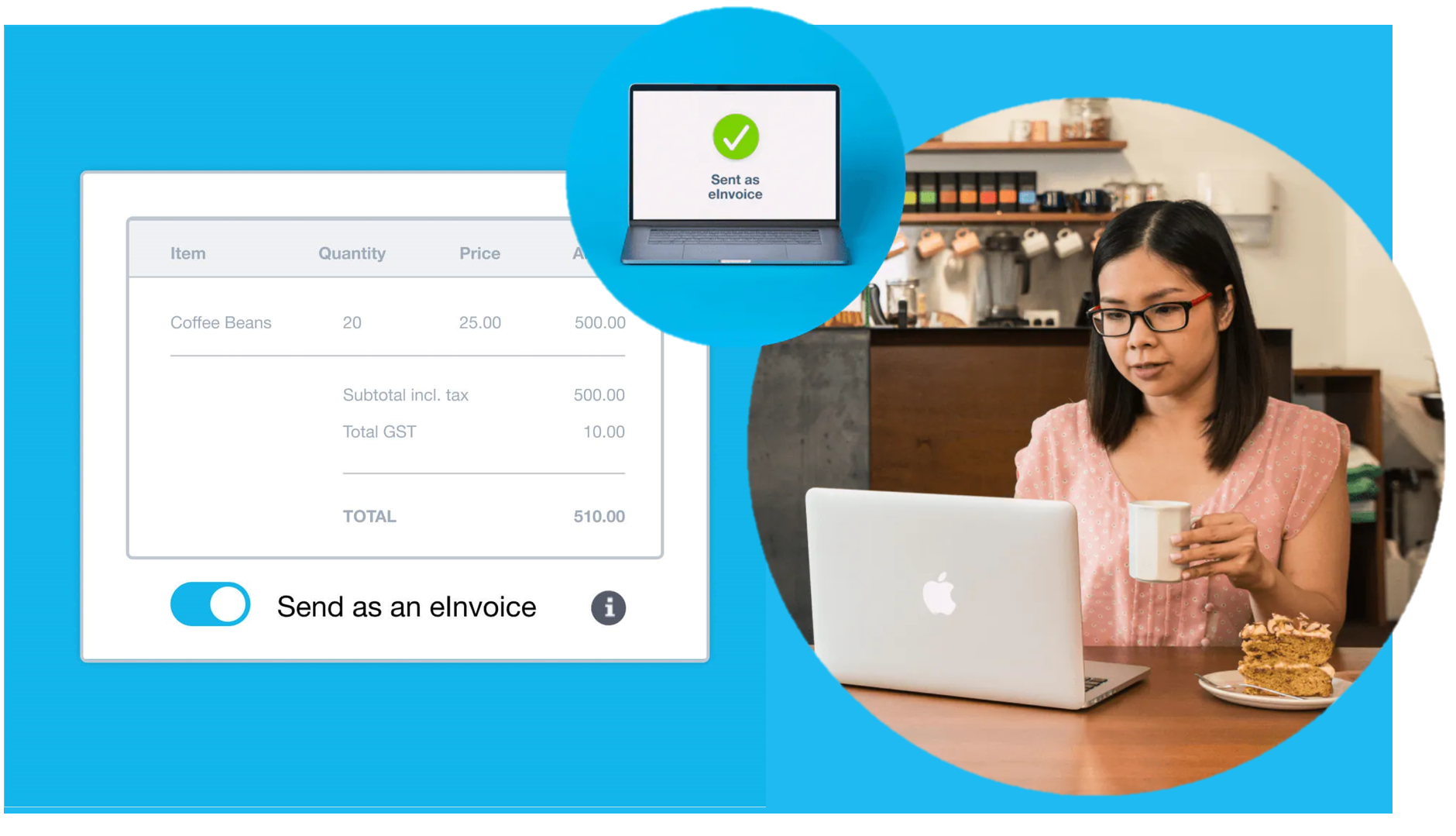
Breaking News & Updates
Xero’s financial report reveals BIG loss but share price pop. - eepurl.com/isNmKQ
Invoices can be a hassle for both businesses and their clients. There’s nothing fun about chasing up that client about their late payment, nor is it an efficient use of time to trawl through emails and inboxes trying to find that invoice from however long ago.
The Commonwealth Government is pushing ahead with an alternative, that looks like it will make things a bit easier for everyone.
eInvoicing is on the rise! And since software like Xero has jumped in on the change, it’s important for small businesses to know what eInvoicing is all about:
What is eInvoicing?
It’s a bit like it sounds: electronic invoicing. Instead of sending an invoice to a client over email, and then a client having to manually enter that information into their accounting software, eInvoicing allows the sending and receiving of invoices between the accounting software of businesses and government agencies.
That means it’s all done over the global public network, Peppol, which is used in over 34 countries to support international business and trade. Countries establish Peppol Authorities to set local requirement and manage participants – in Australia this is the ATO.
A business can send other businesses or government agencies (that are registered to receive them) eInvoices that appear directly in their accounting software or any other accredited eInvoicing Access Point (such as Enterprise Resource Planning, accounts payable and/or accounts receivable products, and practice management products).
When is it happening?
It’s already started! The government will mandate eInvoicing for all agencies by 1 July 2022, but will also be looking into options for mandatory adoption across all levels of government and by business.
By now, over 80% of invoices are able to be received electronically. Since you have to register to receive eInvoices, the onus is on a business to register themselves and get it sorted. It’s not a difficult process, so let’s have a look at how it works in Xero
Registering for eInvoicing in Xero
Xero is an accredited eInvoicing Access Point – unlike MYOB and QuickBooks. eInvoicing is included in Xero’s Starter, Standard, and Premium Xero subscriptions.
So you don’t have to pay more than what you already do to get access to eInvoicing, but you do have to register in Xero to receive invoices.
Before you go in and register within Xero, make sure you meet the requirements for eInvoicing. This means you need to have your business’ ABN added in your organisation settings and you’ve chosen a legal representative and business contact for registration.
Only certain entities can register to receive eInvoices, so make sure that your business is one of the following:
- Private companies
- Discretionary trusts
- Family partnerships
- Individual/sole traders
- Limited partnerships
- Local government entities
- Other partnerships, trust strata-titles and unincorporated entities
If it’s all looking good, you’re ready to register within Xero! These are the steps Xero gives:
- In the Business menu, click Bills to pay.
- Click Receive eInvoices, then click Register to receive eInvoices.
- Enter your business’s ABN, then click Search for business information.
- Verify your business information, then click Yes, these details are correct.
- Enter details for the business contact and legal representative. Select the checkbox to agree to the terms and conditions.
- Click Complete registration to receive eInvoices.
Now your business is ready to receive eInvoices! It also means you are registered on the Peppol network, and your business name, participant ID, and registration date can be found on the Peppol network directories.
Both parties, however, need to be using software connected dot the Peppol network for the exchange to work (although you don’t have to register to send invoices).
If you have an advisor user role in Xero, you can register to receive eInvoices on behalf of a client, so they won’t have to do it themselves or make any changes – but you have to do this individually for each client.
What are the features of eInvoicing?
When you receive an eInvoice, it will appear in ‘Draft Bills’. Just log in to Xero to open the draft bill, where you can then approve it or add a planned payment date. If an eInvoice comes with a PDF, CSV, JPG, or PNG file attached to it you can also view this in Xero.
There will also be a duplicate ‘Reference’ before the draft is approved – remember that duplicating eInvoices is a challenge, so this is the only way you’ll see another copy.
If there is an issue with processing an eInvoice, it won’t appear as a draft bill. Instead, you’ll get an email letting you know which supplier tried to send you an eInvoice.
eInvoicing in Xero means you still have access to features you might already be using, like invoice reminders when sending an eInvoice.
To send an eInvoice, it’s as simple as clicking a toggle:
What will eInvoicing change?
The government announced its commitment to eInvoicing as part of its Digital Economy Strategy in the 2021-2022 Budget. The goal is that eInvoicing will “break down barriers for businesses to trade both here in Australia and overseas.”
It should be noted that currently Xero only supports eInvoicing in Australia, New Zealand, and Singapore.
It certainly seems like it will make processes a whole lot easier – no more manual data entry! And, if it’s easier for clients to keep track of invoices and pay them easily, then it could encourage prompter payments and less time spent chasing up aging receivables, shortening your cash flow cycle.
What about Hubdoc?
Not every invoice can be sent as an eInvoice. You might still get some invoices over email, in the mail, or other means – and if your client can’t/won’t register with eInvoicing (or doesn’t use a Peppol-connected software), then you also might need to send invoices the old way.
Hubdoc is owned by Xero, so it will work in conjunction with eInvoicing. Since manual data entry isn’t preferred by most, Hubdoc still allows you to capture information and import into Xero without the tediousness of entering in all the information by hand.
Hubdoc scans and extracts information from bills and receipts like supplier names, amounts, invoice numbers and due dates. This data is used to create draft transactions in Xero, with the original document attached.
Data is synced and matched with bank feeds, and transactions are categories accurately.
Get ready for eInvoices in Xero with EzyLearn
EzyLearn’s Xero Complete Training Course Package contains all of our training content for Xero, including the Hubdoc Receipt Scanning Training Course and invoicing!
Cover all the tasks that accountants and bookkeepers perform daily, and gain the confidence and proficiency to do them yourself with practical hands-on tasks from our real life case studies.
-- Did you like what you read? Want to receive these posts via email when they are published? Subscribe below.
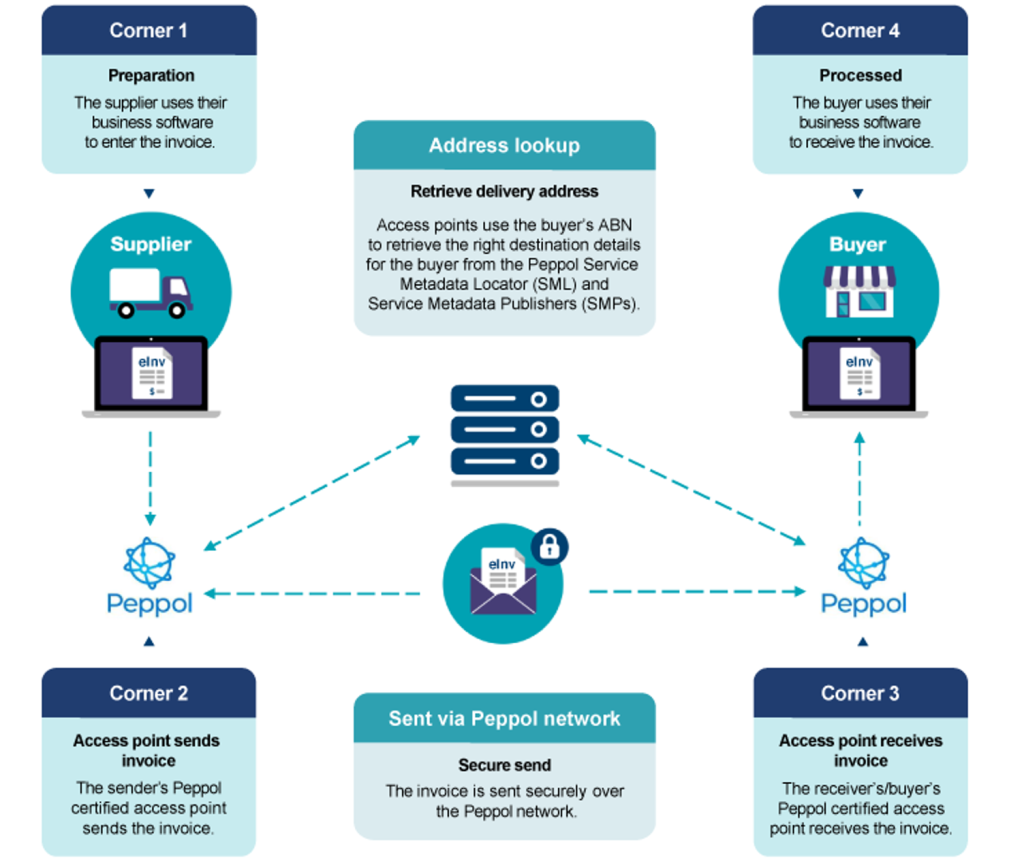

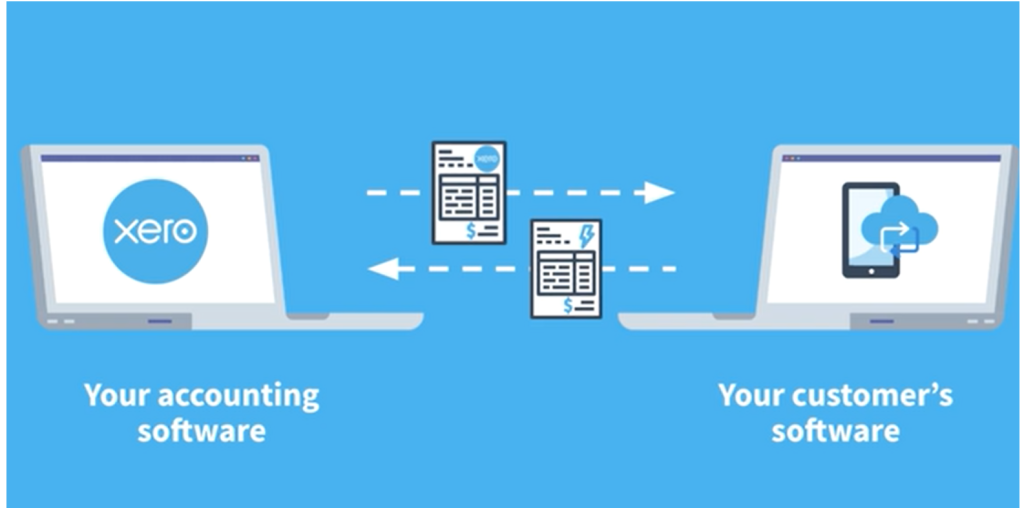

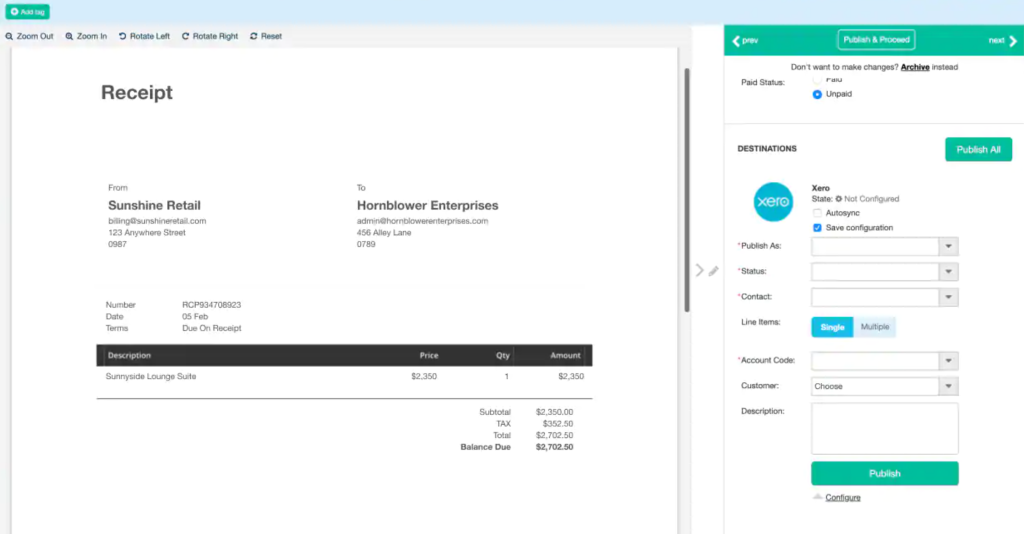
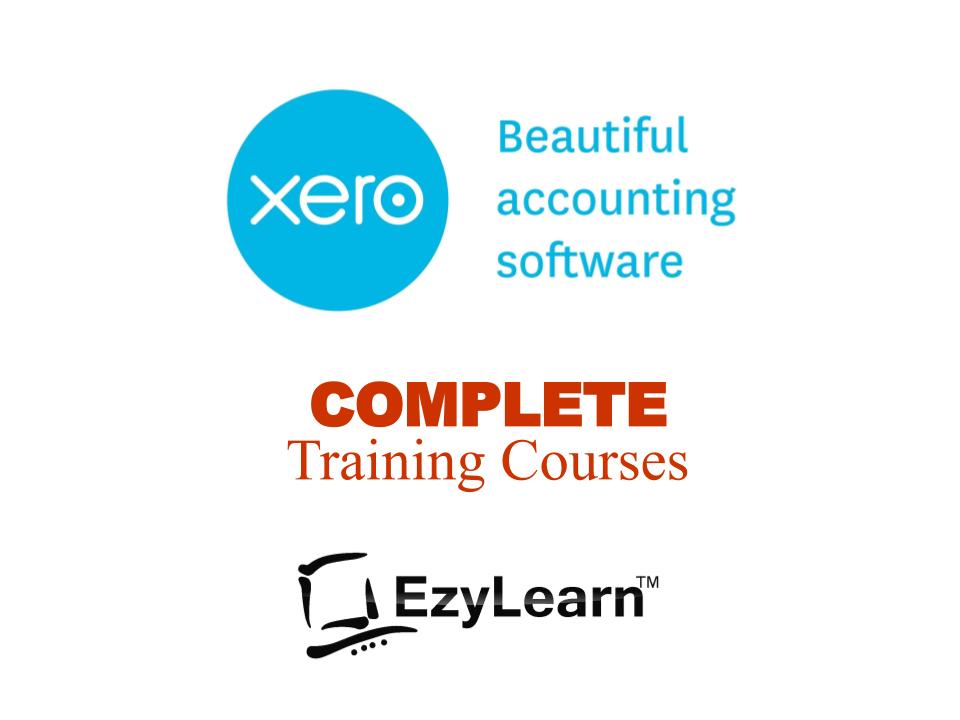










[…] There is now the ability to send an eInvoice and I’d love to hear from you if you are using this feature because this is a fantastic leap in avoiding the cyber security risk of receiving phishing emails. […]